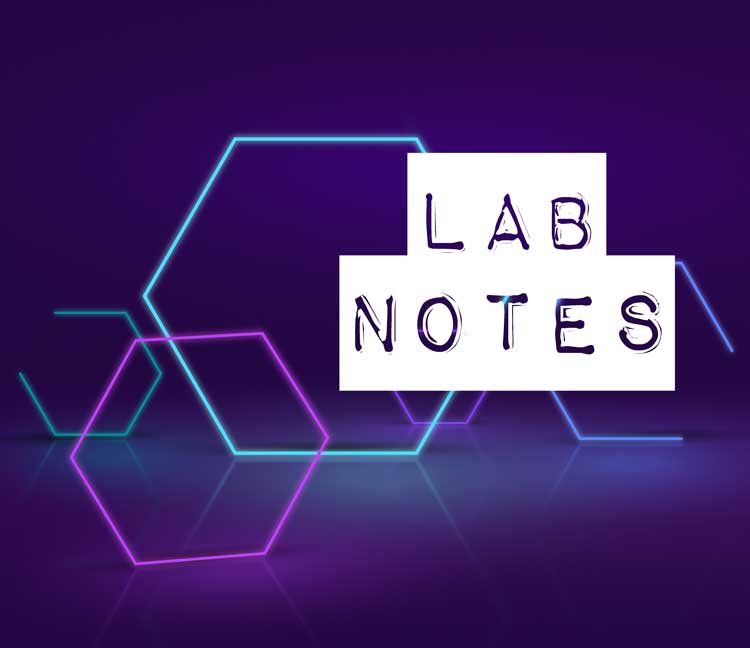Rice U. lab develops sustainable chemical synthesis tool
The Rice University lab of Julian West, Rice’s Norman Hackerman-Welch Young Investigator and an assistant professor of chemistry, uncovered a visible-light-induced, iron-catalyzed method to prepare carbon-nitrogen bonds, which are useful precursors to pharmaceuticals and other chemical products. Building on prior research , West and his team used ligand-to-metal charge transfer and radical ligand transfer in order to obtain desired azides from carboxylic acids . The work was a collaboration with the Martí group led by Angel Martí, a professor of chemistry, bioengineering, and of materials science and nanoengineering.
“Through really careful work, trying a bunch of different conditions — different light sources, different solvents, different additives, different promoters — (graduate student) Shih-Chieh Kao found that we can turn that carboxylic acid into that carbon-nitrogen bond through decarboxylated azidation,” West said. “Basically ‘decarboxylated’ means we're taking off the acids. Using a super-cheap, abundant and nontoxic iron catalyst, iron nitrate, we pull off the acid, and then we stick nitrogen on, which works for a bunch of really different molecules. The thing that's really cool about it is that a lot of drug molecules — or things that can affect health — have carboxylic acids, which means this approach is a useful tool to tweak and optimize bioactive molecules.”
The study, titled “Photochemical Iron-Catalyzed Decarboxylative Azidation via the Merger of Ligand-to-Metal Charge Transfer and Radical-Ligand-Transfer Catalysis,” is published in Chem Catalysis.
West derives alcohol products from epoxides
West has also developed a method to prepare alcohol products, which are useful in many therapeutics, from epoxides by using the Earth-abundant vitamin B12 and thiol-enabled hydrogen atom transfer. The new reaction pathway can produce the desired alcohol compounds under remarkably mild conditions, using only visible light and ethanol or methanol and water solution as solvents.
“What the team found is that if we use vitamin B12 and a thiol, not only are we able to do this reaction under really mild conditions, but we're also able to use solvents and conditions that are completely incompatible with all the previous methods,” West said. “Not only does this make it much easier to set up the reaction, but it also opens up the possibility of reacting these really polar molecules that you couldn't before. Because a lot of pharmaceuticals are pretty polar, this approach could potentially be very useful for improving existing drugs or developing new ones.”
The paper published in Cell Reports Physical Science is titled “Vitamin B12 and Hydrogen Atom Transfer Cooperative Catalysis as a Hydride Nucleophile Mimic in Epoxide Ring Opening.

